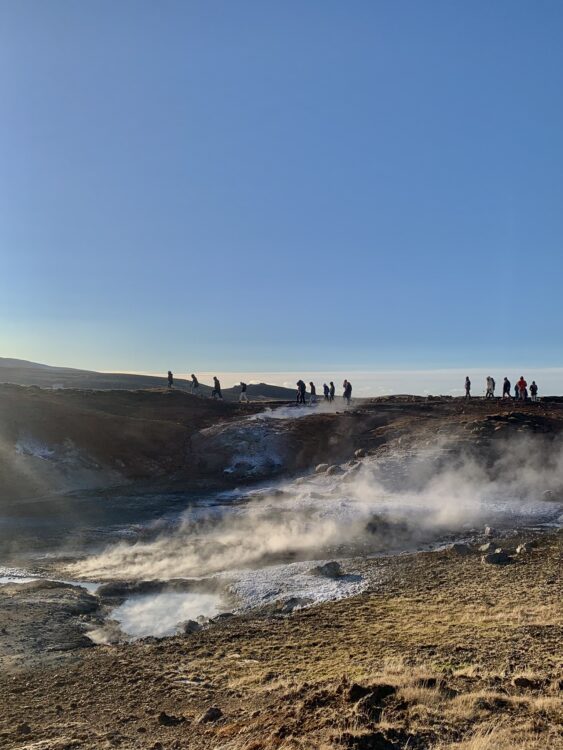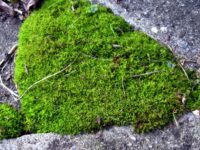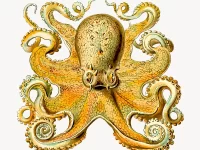Glacial retreat due to climate change is currently one of the most concerning environmental transformations. As temperatures rise, glaciers recede, unveiling vast, barren landscapes called glacial drifts. These areas, once buried beneath ice, pose unique ecological challenges for the establishment and sustainment of life. However, recent research has revealed a surprising ally in the race to restore these fragile environments: the llama.
Glacial drift is a geological term referring to the mix of unsorted material, such as sand, clay, gravel, and boulders, left behind by melting glaciers. These deposits vary widely in size and composition, forming soil that is challenging for plants and ecosystems to survive in. Normally, ecological development begins with the colonization of various plants and seeds to barren terrain, eventually allowing for more complex ecosystems to form. However, glacial drift presents several barriers to this process such as low soil fertility, plant species competition, and lack of biodiversity due to the inability of seeds to travel to glacial drift areas.
Recent studies have found that llamas, the domesticated camelid animals native to South America, could be the key to mitigating the challenges of establishing new ecosystems as glaciers melt due to climate change. A study published in September 2023 by researchers at the University of Texas at Austin, found that over three years, the rewilding of llamas to the glacial drift of the Uruashraju glacier in Cordillera Blanca, Peru had a significant impact on the landscape.
University of Texas at Austin researchers partnered with local Peruvian farmers to “rewild” or re-release domesticated llamas into the land left by the melting Uruashraju glacier. As a result, they found that llamas, which grazed and fertilized the glacial drift, dramatically increased the nutrients in the otherwise arid soil. Llamas tend to concentrate their waste in specific areas, creating localized “hotspots” of nutrient-rich soil. This behavior enriches the glacial drift with organic matter including nitrogen and carbon, making drifts more conducive to plant growth. As a result, plant coverage in these areas increased by 57% within one year in comparison with control areas. Additionally, four additional plant species were discovered in the llamas-inhabited land due to llamas’ function as “seed dispersers.” Llamas can consume plant material from lower elevations or neighboring valleys and transport seeds through their digestive system. These seeds would otherwise be unable to travel to and take root in the glacial drift sites.
“These findings show that llamas, and other Andean camelids such as vicuña, alpaca, and guanaco could strongly contribute to post-glacial ecosystem establishment and conservation practices.”
These findings show that llamas, and other Andean camelids such as vicuña, alpaca, and guanaco could strongly contribute to ecosystem establishment and conservation practices in glacial drift areas. Not only do these findings offer hope for the adaptation of glacial environments in the face of increasing global temperatures, but also point to a significant ecological benefit.
The primary reason Peruvian farmers partnered with researchers on this study was due to the phenomenon of acidic runoff which is caused by a lack of vegetation in glacial drift zones. Specifically, acidic runoff occurs when water from the melting glacier mixes with minerals and rocks in the drift site. This mixture can lead to the release of various chemical substances such as iron and sulfates, causing the running water to become more acidic. Eventually, this acidic water reaches farmlands in lower valleys, killing crops and rendering soil unusable. Therefore, an increase in plant coverage and biodiversity in glacial drift areas caused by llamas could also mitigate acidic runoff that would otherwise poison farmers’ crops and jeopardize their livelihoods.
“… llamas have proven to be an unexpected ally and a testament to the power of human-animal partnership in mitigating the profound challenges posed by climate change.”
Given the findings of these studies, llamas have proven to be an unexpected ally and a testament to the power of human-animal partnership in mitigating the profound challenges posed by climate change.






